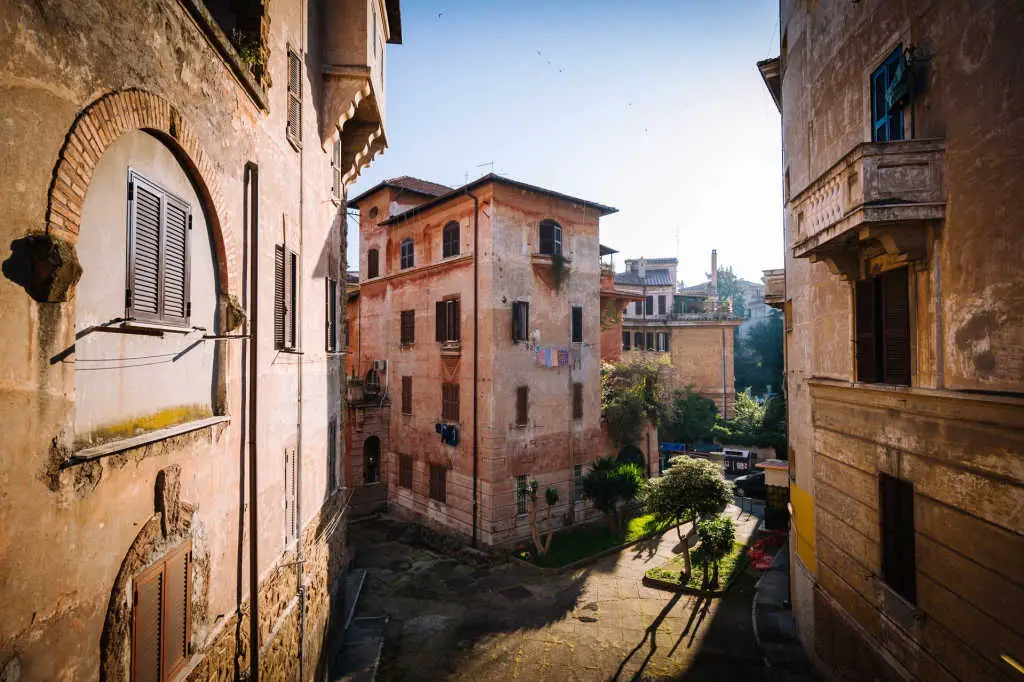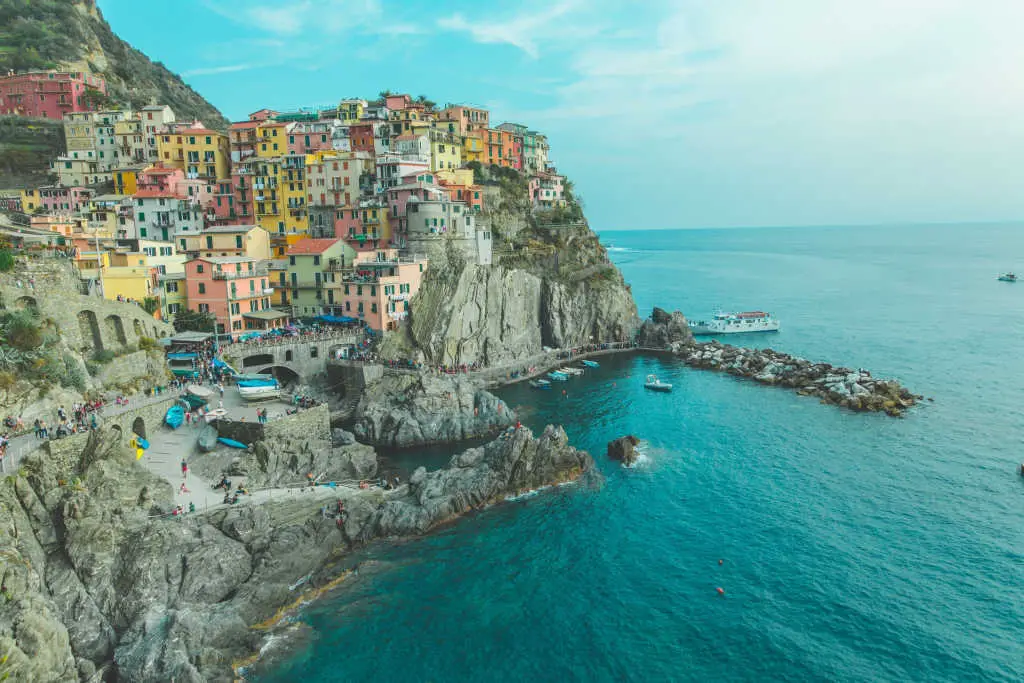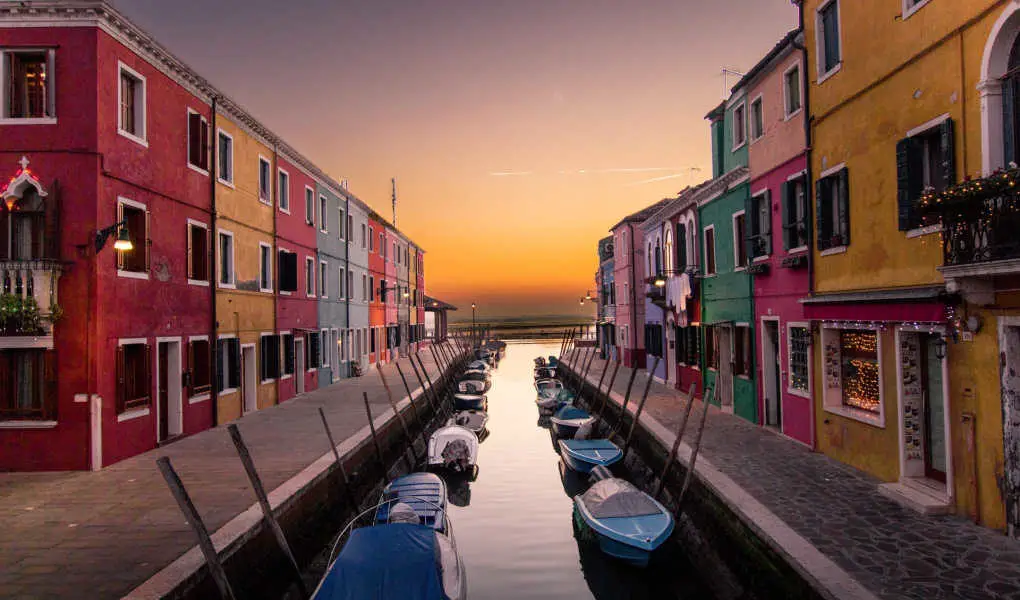COVID-19 surely changed the way we look at international holidays. Travel restrictions, health certificates, quarantine — things have become harder and greater planning is required.
During the pandemic, the Italian dreams of many holidaymakers have been crushed when the European Union imposed travel bans from several third countries, including the United States. So if you were looking forward to visiting Venice for a romantic trip or sipping cappuccino in Rome in 2020, you likely had to wait.
Fortunately, vaccination campaigns are helping things return to normal. And with the ETIAS Italy application being launched in 2022, getting a permit for Italy and the rest of Europe will soon become even easier than it was before.
Visiting Italy During the Pandemic
As mentioned, EU countries, including Italy, have implemented travel restrictions for European and non-EU visitors.
Italy has divided countries into several categories (from A to E) depending on the level of restrictions enforced. Those coming from A countries have no limitation to visit Italy, while E visitors are not allowed through the national border for most purposes, including tourism (exceptions are made for specific reasons such as work, returning to one’s place of residence, and emergencies.)
There are then countries from which, for epidemiological reasons, almost no visitors are allowed. This is currently the case for India and Bangladesh, for example.
It is extremely important that you check these lists before traveling as they can change at a moment’s notice depending on how the pandemic evolves.

Can Americans Spend their Holidays in Italy in 2021?
After being denied entry into Italy for months, Americans can finally return to the Bel Paese. US citizens can now visit Italy for any reason, including tourism. Commercial flights and public transport have also returned to normal. So start packing your fancy summer outfits, because la dolce vita is again within reach.
Of course, traveling during the pandemic is not exactly the same as it was pre-COVID. New rules must be followed, including:
- COVID testing. Americans and other visitors must provide negative coronavirus test results upon arrival. The molecular or antigen test must be taken at most 72 hours prior to departure.
- Self-declaration forms. If you visit Italy, you are required to fill out a self-declaration form upon arrival. Some regions may require additional forms so check which regulations apply to you.
- Health screenings. Once you land in Italy, you may be subject to health screenings.
- Quarantine. You must self-isolate for 10 days in a hotel unless you arrive on a ‘COVID-free’ flight.
- Curfew. Italians are currently under curfew between 11 pm and 5 am but this will be lifted gradually until June 21, when it will be eliminated altogether.
- Interstate travel restrictions. Italy is following a color-coded system depending on the epidemiological situation of each region. Depending on the color of the region you are in and the one(s) you wish to visit, you may not be able to travel.
- Masks. Masks and social distancing are mandatory in most public places including transport.
What Exactly is a COVID-Free Flight
Since no one wants to spend the first 10 days of their vacation in quarantine, what exactly is a COVID-free flight? The Italian Minister of Foreign Affairs Luigi Di Maio confirmed in a recent Facebook post that:
Travel for tourist purposes will be allowed from the USA, Canada and Japan, countries with which we’re strengthening COVID-free flights. We are thus opening up to safe tourism from all the G7 states after more than a year.
COVID-free flights are currently operated by American Airlines (AA) and Delta in collaboration with Alitalia. Passengers must get tested at both ends of the flight and if the results come in negative, they are allowed to skip quarantine. Until now, COVID-tested flights were not open to tourists but are now available for all passengers.

What Will Italian Travel Look Like After COVID-19?
Nobody can say exactly when and how we will return to our pre-pandemic life. It is quite likely that we will have to continue dealing with health declaration forms, masks, and social distancing for a while.
However, the success of coronavirus vaccines is making things increasingly easier. We may be able to bid farewell to mandatory quarantine quite soon, for example — Italian Prime Minister Mario Draghi recently announced that the country intends to eliminate quarantine for vaccinated visitors from the US, Canada, and Japan, although he did not confirm when this will happen.
Besides coronavirus, we already know that traveling to Italy will become paper and hassle-free soon. The new ETIAS (European Travel Information and Authorization System) will go live in late 2022 and is expected to make things smoother and safer for travelers. Visitors will be able to enter Italy visa-free with a simple online form that can be completed in minutes, and European law enforcement agencies will have access to centralized information. This means shorter queues at the airport and lower international crime rates. The future is brighter and easier, but we may have to be patient a little longer.





